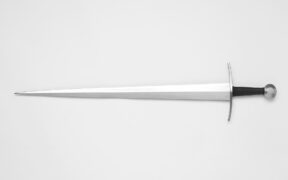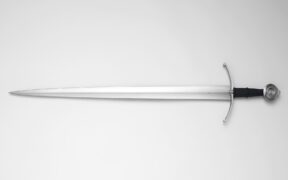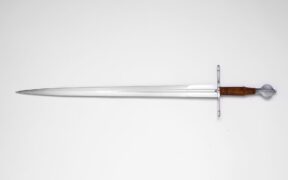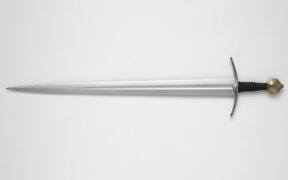Oakeshott Type XVII: The Two-Handed Armor-Piercing Sword
NO AI USED This Article has been written and edited by our team with no help of the AI
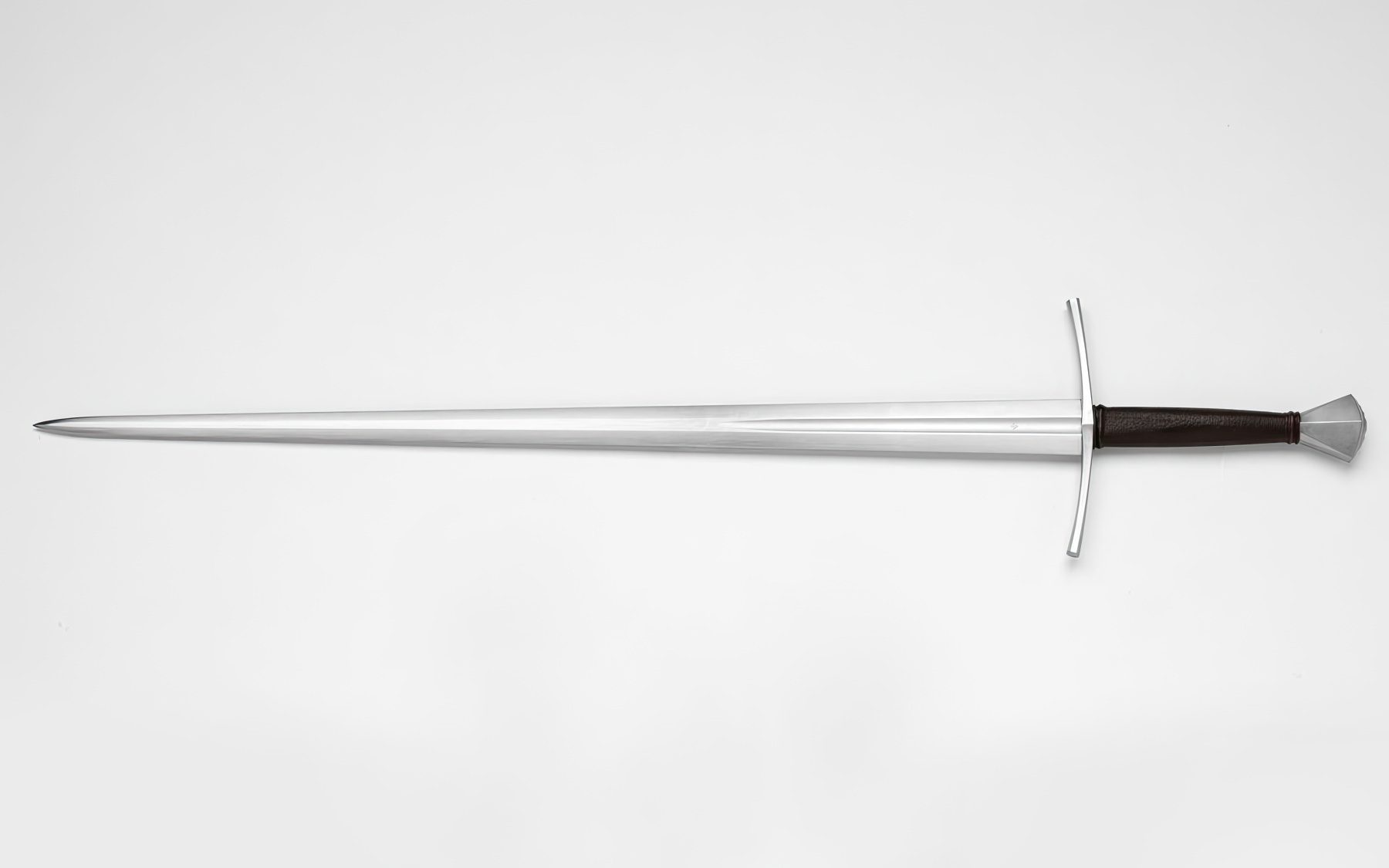
The Oakeshott type XVII sword is the eight double-edged blade group, which was an effective two-handed sword made to deal with plate armor throughout the 14th and 15th centuries. Its blade design was excellent against unarmored opponents. However, it was developed with a focus on piercing plate armor with the intent to inflict injury.
Ewart Oakeshott was an illustrator and historian who profoundly researched European arms and armor. He collected double-edged swords and examined their characteristics and uses. Based on several different factors, he established the Oakeshott Typology. In his typology, there are thirteen different sword parent types, with smaller sub-types, with distinctive and key features that set them apart.
In this article, we will be looking at the features of a type XVII sword. We will start by exploring its unique characteristics and how they were best used on the battlefield. We will then delve into its history and discuss a few well-preserved examples in museums and private collections today.
Characteristics of Type XVII Swords

Many of the characteristics of the Oakeshott type XVII sword were designed in a limited time frame to better deal with contemporary rising plate armor. The result was a slim-looking blade with a smaller fuller, and larger crossguard with a two-handed handle. This design would become a staple in European history and largely represent most later Oakeshott sword types.
Blade
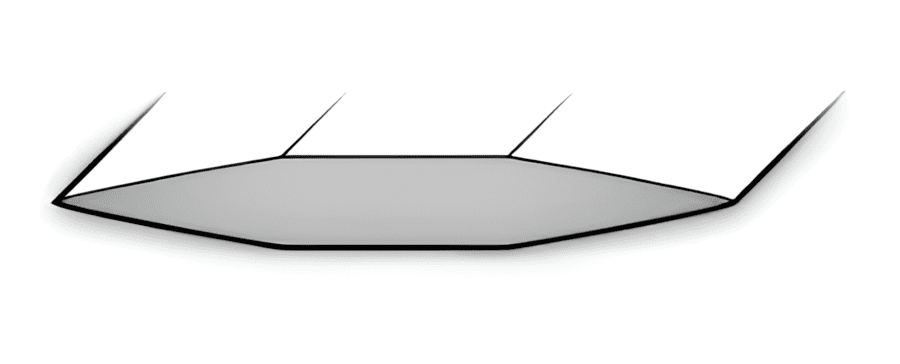
Type XVII blades are straight and double-edged with a taper that starts near the hilt and ends gradually toward the blade’s tip. It has a slim blade profile that is usually wider near the hilt to give the tip extra ground for heavy thrusting attacks. This blade was a combination of previous cut and thrust blades, but rather than using a diamond cross section for blade sturdiness, type XVII swords had a hexagonal profile to add to the overall stiffness.
The tip was sharp enough for powerful thrusting thanks to the tapering of the blade, but it was also stiff and heavy enough to rattle plate armor. Some type XVII swords could feature a fuller in the first 1/3 of the blade’s length, although this was not a defining feature. The tang underneath the blade was stout with a quadrangular section.
Hilt (Guard and Pommel)

Hilts of Oakeshott type XVII swords were generally larger than previous designs and were used with two hands or as a hand-and-a-half sword. This was done to take advantage of the already extra power of the reinforced thrusting tip with the maneuverability that the second hand to the grip might provide.
The crossguards could differ in design, but the straight or narrowed type was primarily used. It could eventually taper toward smaller quillons on the sides or feature a hexagonal form with wider endings bent toward the blade. This allowed the sword to be easily wielded with both hands as the metal guard aided in handling.
Pommels of this Oakeshott sword type could also differ in shape and were usually longer and thinner, allowing it to be held with two hands. The most popular were disc-shaped with flat chamfered edges. The other design was a scent stopper, faceted with a wider top or a truncated wedge.
Size and Weight
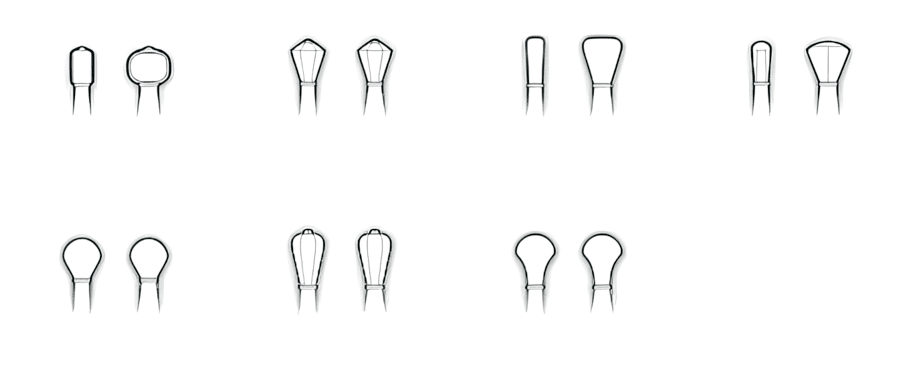
Type XVII swords ranged in size and weight. These versatile designs ensured the blade could be used against heavy or light armor. The average Oakeshott type XVII for thrusting weighed around 2 to 2.5 lbs (0.9 to 1.2 kg) but could weigh as much as 4.4 lbs (2 kg) when designed to bash or cut on enemy armor.
XVIIs were primarily two-handed swords, some featuring a hand-and-a-half design. The blade length of a type XVII was 34 to 38 inches (86 to 97 cm), with a grip ranging from 5.9 to 7.9 inches (15 to 25 cm). This made the overall size of a type XVII sword an ideal 44 inches (112 cm) long.
Various Type XVII Swords
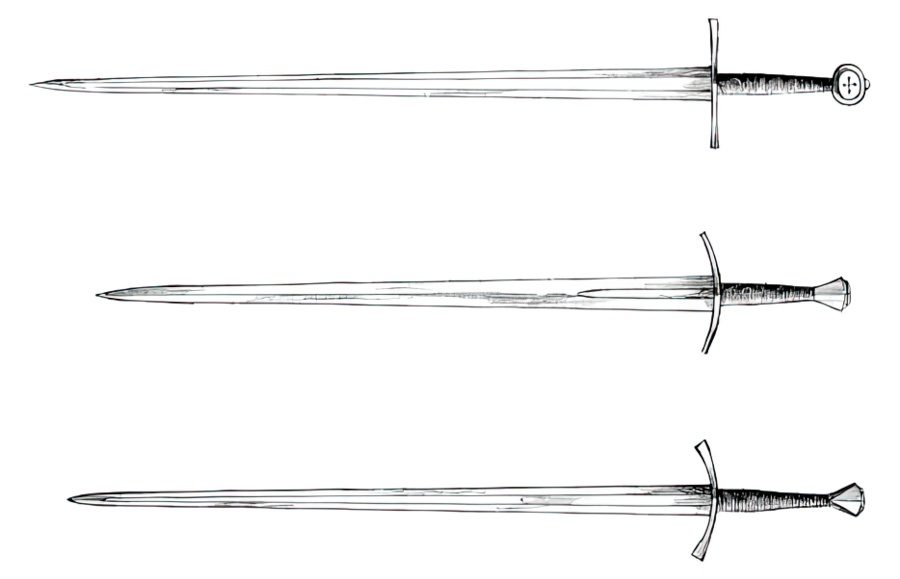
Although Oakeshott didn’t classify different sub-types of the XVII swords, he witnessed the different variations. Most kept the same blade profile, manufactured to form a stiff tip for powerful thrusting. Even with the varied proportions and weight, the blade could withstand much abuse.
Some type XVII swords had excellent handing characteristics thanks to their very slim blades that resembled a later 16th-century European rapier, as described by Oakeshott. Other XVII type swords were broader at the neck with larger handles and heavier blades. These are sometimes called “clumsy” by Oakeshott because they can reach a weight of 5.5 lbs (2.5 kg), making them more difficult to use.
The desire to defeat popular plate armor has made XVII swords vary in weight and balance but could always deliver a crushing blow. Some differed in their mountings, such as having a narrow crossguard and scent-stopper pommel called Sempach swords by Oakeshott, referring to the Battle of Sempach (1386) in which many were used.
Uses for the Type XVII Swords
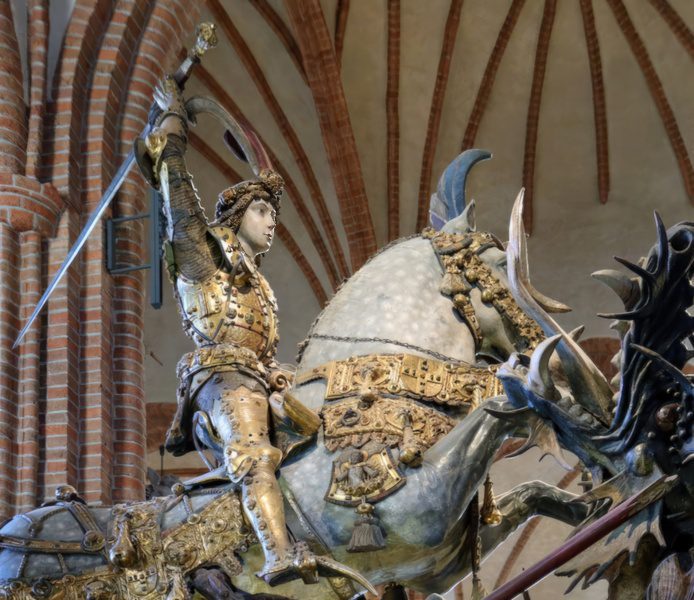
The Oakeshott type XVII sword focused primarily on the thrust rather than previous swords that were more capable of cutting. When heavier in weight, the XVII could be used as a slashing and bashing weapon of war. It was a sword with a stiff, reinforced tip for thrusting attacks.
The hilt allowed it to be used one-handed or hand and a half with a shield, mounted on horseback, or purely as a two-handed primary weapon. Its tapering and slim blade navigated easily through the gaps in enemy armor and, when half-sworded, acted as a dagger for stabbing.
With a well-constructed and well-tempered tip, the Oakeshott type XVII could also be a viable option to crack chainmail or plate armor, inflicting injury to the enemy. This was especially effective against a downed opponent.
History and Historical Examples of Type XVII Swords
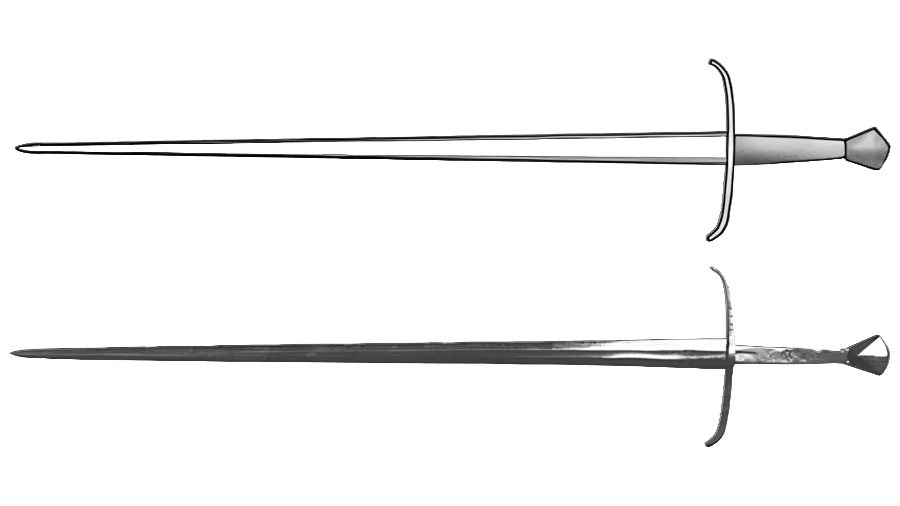
The Oakeshott type XVII swords were some of the most frequently used through the 14th and 15th centuries?a time when the evolution of defensive plate armor would peak. The infantry revolution of long-range archers and foot soldiers was commonplace; any type of armor vulnerability would greatly harbor their ability.

During this part of European history, weapons such as the warhammer, axe, or mace would largely?but not completely? replace the sword as a secondary weapon to deal with plate armor. While blunt force might inflict damage to a fully armored knight, the slim tapering blade of the XVII could pierce gaps in armor effortlessly, inflicting injury.

The Type XVII would emerge to replace previous cross-sections and blade profiles, excelling in hardness for a powerful thrust. This was done by adding a pronounced hexagonal section with a two-handed or hand-and-a-half hilt that aided in the maneuverability and added to the overall force behind the sword.

The Type XVII became so effective that it was the most frequented sword. As a result, most effigial monuments from the late 14th and early 15th centuries?especially in England and Germany?had a type XVII sword. The weapon’s status would also be mythologized in the legend of St. George the Dragon Slayer.

These swords were a direct response to the transitional harness of plate armor over chainmail. The XVII was effective in armored combat. It was also a versatile sword used for different purposes such as dueling, fencing, and as a general defense purpose weapon, making them a common sight even in everyday life. They further evolved, giving rise to the new type XVIII that would become one of the most popular swords in history and current-day HEMA (historical European martial arts).
